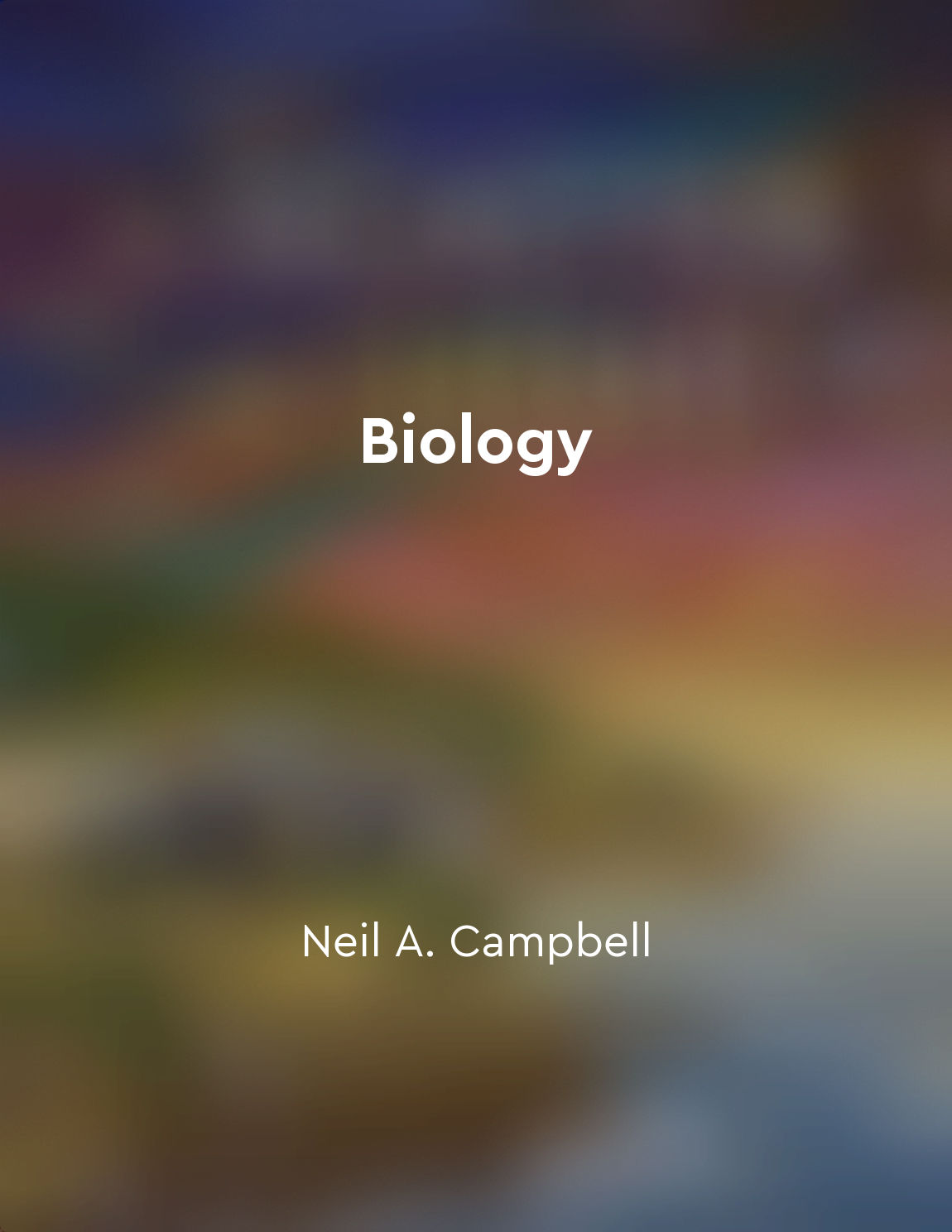Adaptations help organisms survive in their environment from "summary" of NCERT Exemplar Problems-Solutions BIOLOGY class 12th by Arihant Experts
Adaptations play a crucial role in the survival of organisms in their respective environments. These adaptations are specific traits or characteristics that have evolved over time to help organisms effectively cope with the challenges posed by their surroundings. By possessing these adaptations, organisms are better equipped to obtain food, avoid predators, find mates, and reproduce successfully. One of the key ways in which adaptations aid in survival is by enhancing an organism's ability to obtain food. For example, the long neck of a giraffe allows it to reach leaves high up in trees that other herbivores cannot access. This gives the giraffe a competitive advantage in environments where food may be scarce at ground level. Adaptations also help organisms avoid predators. Camouflage, for instance, allows certain animals to blend in with their surroundings, making it harder for predators to spot them. This increases their chances of survival and enables them to pass on their genes to the next generation. Furthermore, adaptations can aid in the process of finding mates and reproducing. Brightly colored feathers in birds or elaborate courtship displays in certain species are examples of adaptations that help individuals attract mates. By successfully reproducing, organisms ensure the continuation of their genetic lineage. In essence, adaptations are the result of a long process of natural selection, where individuals with beneficial traits are more likely to survive and pass on those traits to their offspring. Over time, these adaptations become more common in a population, leading to a better fit between organisms and their environments.- Adaptations are essential for the survival of organisms in their environment, as they provide them with the tools they need to thrive and reproduce successfully. Through the process of natural selection, organisms continually evolve and adapt to changing conditions, ensuring their continued existence in a dynamic world.
Similar Posts
Selforganized criticality leads to spontaneous bursts of activity
Self-organized criticality is a concept that arises in systems that are at the brink of chaos, yet able to maintain a delicate ...
Genetics provides evidence for common ancestry
The study of genetics has brought a wealth of evidence supporting the idea of common ancestry among living organisms. By examin...

How genes are expressed
Genes are the units of heredity, containing specific instructions for making proteins. The process by which these instructions ...
Sustainability
Sustainability is at the core of our efforts to protect and preserve our natural heritage. It is the idea that we must find a w...

Cultural evolution mirrors biological evolution
The idea that cultural evolution mirrors biological evolution is a powerful one. Just as genes are subject to variation, select...
The respiratory system helps in exchange of gases in the body
The respiratory system plays a crucial role in the exchange of gases in the body. This system consists of the nose, pharynx, la...
Emergence is a key concept in understanding life
The concept of emergence lies at the heart of understanding life. It points to the idea that life is not simply reducible to it...

Diversity results from divergence over time
The gradual process of natural selection leads to the divergence of species over time. As individuals within a species face dif...
Biodiversity is at risk of disappearing
The intricate web of life that we call biodiversity is facing a grave threat, one that could lead to its eventual disappearance...
Embracing the magic of reality
The concept of embracing the magic of reality is about appreciating and marveling at the wonders of the natural world around us...

